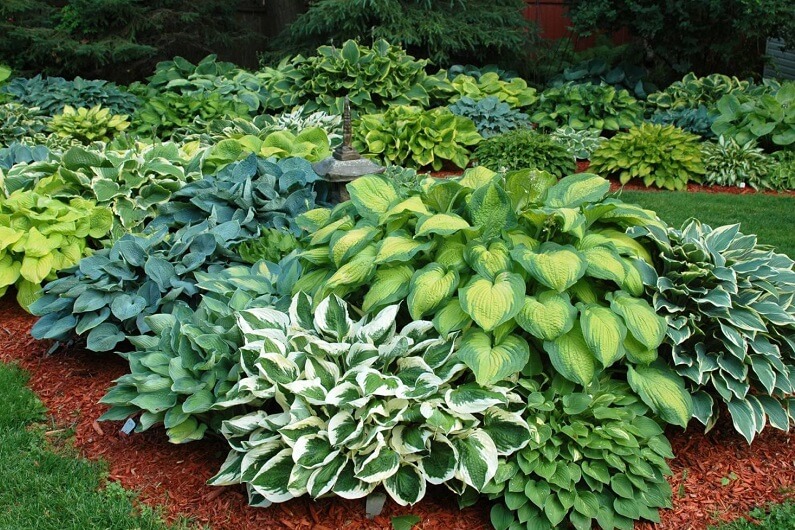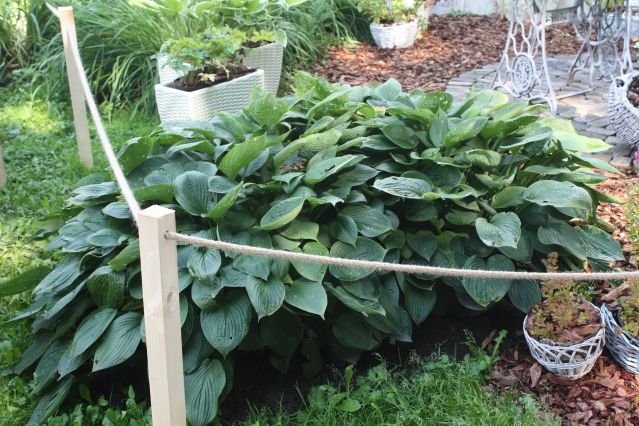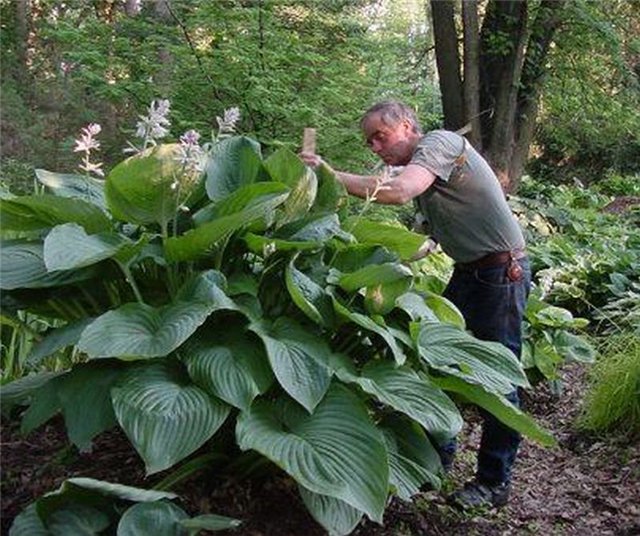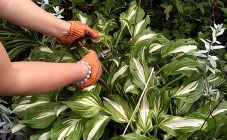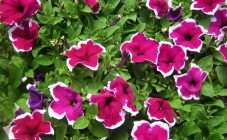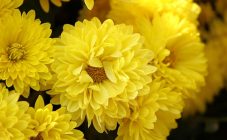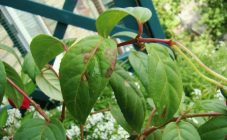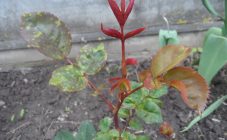Content:
Every gardener wants to plant something unusual and beautiful on their personal plot, and they choose the host. The plant, which does not require special care, attracts with its appearance. Diseases of hosts are also rare, but they do happen. Therefore, every gardener and gardener needs to know how to determine the signs of plant damage, and methods for eliminating them.
Hosta care rules
Conditions for the plant:
- You need to choose a shaded area of the garden. Then the moisture lasts longer, and the bushes grow more luxuriantly. There will be no voluminous and variegated leaves in the sun.
- Regular watering, especially in hot weather. Accelerates plant growth and prevents darkening of the leaf ends. The host is not growing what to do: water so that the soil is saturated by 10 centimeters. It is beneficial to do sprinkling in the morning. Then the plant grows large.
- Weeding and loosening are good for air exchange, maintaining moisture, and retaining nutrients in the soil.
- Disembarkation. A plant can develop in one place for up to 20 years, so you immediately need to plant it correctly. The area should be shady.
The soil loves light, moist with drainage. In the fall, they dig up the land with fertilizers, and they plant it in March. The host is placed in a hole 2-3 cm deeper than it grew, sprinkled with earth and mulched. The distance between the bushes is 30-80 cm.
- Fertilizer. Organic and mineral feeding is introduced. Mulch with humus, compost, foliage for better root nutrition. Organic matter is also applied every three years before winter. Mineral fertilizers are applied in spring and before flowering. Top dressing is done after watering.
- Timely removal of slugs. They are collected, traps are set, the land is cultivated with pine opal, pepper, tobacco dust.
- Warming for the winter. Cover with leaf mulch, garden soil, tyrsa, straw up to 5 centimeters in height.
With proper care, the plant will have beautiful wavy and lush leaves.
Causes of diseases and what to do
Major damage to hosts:
- Why does the hosta grow poorly - with acclimatization and with unsatisfactory watering. Another reason why the hosta does not grow is that it grows roots if grown from a seed, since it emerged late. Apply epin-zircon and fertilize.
- Why hosta does not bloom the reason: too thick bush - it's time to thin out, late variety, not enough light.
- Why the hosta dries up: drops on the leaves contribute to strong burning by the sun, also bright UV rays and low soil moisture.
- Hosta rusty spots on the leaves - dehydration of the plant. Watering and shaded area are required.
- Brown spots on the host what to do - it could be a virus or phyllosticosis. In the first case, you need to dig up and burn the plant. Treat garden tools with formalin. With phyllosticosis, you need to cut off the leaves and process the plant with specials. drugs.
It is necessary to notice the damage in time and begin to eliminate them.You need to regularly inspect the plant for spots, rot and darkening of the leaf.
Virus hosts and other diseases
Signs of the host's problem:
- Viruses X and HVX - specks and spots of yellow color are formed, round in shape, with further growth of the lesion, the leaves curl. Treatment: burn the plant, disinfect the inventory.
- Phylosticosis is a fungal disease with the formation of brown spots, they gradually merge into one spot and become covered with plaque. Leaves dry out, sometimes flowers are affected. How to treat: damaged shoots are burned, watering is reduced and they are treated with Vector, Abiga-Peak or Strobi. Repeat after 10 days. In addition, you need to treat with copper sulfate, colloidal sulfur.
- Botrytis is a gray rot, first the ends of the leaves rot, and later their entire surface. For spraying - Cuproskat, Bordeaux liquid, Topaz, Champion, etc. Rotten plants are destroyed.
- Rot of the root collar - the hosta grows poorly, the reasons for the clarification and death of the leaves. To eliminate the infection, the affected areas are cut off with a sharp knife. The cut is treated with fungicides. Transplant the plant to another place, you can pot. The land in the same place needs to be replaced.
- Hosta rust disease - most often flowers with a yellow border on the leaves are susceptible to such diseases. In hot periods, the tissues of the plant are dehydrated.
It is necessary to carefully inspect the flowers so as not to miss pests and diseases from the hosts. If a lesion is detected, the plants must be treated immediately.
Pests and control measures
Who eats the host, the most common insects:
- Slugs. A sign of these pests are silver streaks on the plant and holes. Host types with thin leaves are more susceptible to attack by these mollusks. They also strongly gnaw the growth, which is closer to the ground. Methods of elimination: Methylaldehyde or Thunderstorm bait in granules is scattered under the bush. At night, soaked plywood is placed under the plants to collect slugs. The next day, the pests are collected and neutralized.
- Caterpillars and beetles. Gnawed leaves are a sign of an invasion. In a day, pests can eat a whole bush. Elimination methods: it is necessary to spray with karbofos and insecticidal preparations.
- Rodents. Signs: Gnawed trunks and roots covered with mulch. The plant may disappear. Measures for elimination: scatter poisonous baits under the bushes. It is necessary to plant the hosts in special fine mesh containers to prevent damage.
- Deciduous nematodes are small pests that spread in large numbers on the host. Black stripes remain along the path of their movement from the roots to the surface of the leaves. Unfortunately, the affected plants must be destroyed. There is no cure for the nematode yet. Garden accessories are treated with a disinfectant solution.
Tips from experienced florists
Hosta is quite easy to grow and is slightly susceptible to disease.
Experienced gardeners recommend:
- Moisturize in time and avoid excess moisture;
- Inspect bushes for pests and diseases;
- Apply mineral and organic fertilizers;
- Loosen and weed in order to increase the exchange of air and moisture;
- Choose shaded areas for planting;
- For the winter, be sure to insulate with mulch.
If you properly take care of the host, the plant will be lush, blooming and will delight the grower for a long time with its appearance. Therefore, many gardeners choose this plant for planting near the house or in the country.
